Our mission
for modern lifestyle at competitive prices.
Geared Vs. Gearless Hub Motors – Pros And Cons
In the world of e-bikes, there are two main types of hub motors: geared and gearless (direct drive). Each has its strengths and limitations. One is lightweight and dynamic, while the other is more durable and designed for higher power output. Which one better suits your riding style?
In this article, we break down the key differences between these motor types, helping you make the best choice for your needs.
Gearless hub motor – simplicity, durability, and high power
Direct drive motors feature a simple construction in which the rotor is directly connected to the wheel hub, transferring power at a 1:1 ratio. This design makes them extremely durable and resistant to wear, as there are no mechanical gears involved.
Advantages:
• Longevity – the absence of gears reduces wear and tear, allowing the motor to function reliably for years.
• Higher power output – ideal for handling heavy loads, particularly in e-bikes with 1000W or more.
• Better heat dissipation – the large mass acts as a heat sink, helping prevent overheating.
• Quiet and smooth operation – no gears mean no vibrations or mechanical noise.
Limitations:
• Heavier weight – bulkier than geared motors, which affects maneuverability and reduces range.
• Slower acceleration – lacks the torque boost provided by gears, reaching peak efficiency only at higher speeds.
• Higher energy consumption in urban areas – frequent stops and starts increase power usage.
Best suited for:
Gearless motors are ideal for long-distance riders who need a powerful and durable motor, especially for flat terrain and high-power e-bikes. However, their weight and energy consumption make them less practical for city commuting.
Geared hub motor – lightweight, responsive, and energy-efficient
Unlike direct drive motors, geared hub motors use a system of internal gears to increase rotor speed. This improves efficiency at lower speeds and provides better torque for acceleration.
Advantages:
• Lightweight design – reduces bike weight, improving maneuverability and range per charge.
• Faster acceleration – geared systems deliver quicker response times, perfect for city riding and hills.
• More efficient in urban settings – handles frequent stops and starts with less energy consumption.
• Smoother power delivery – provides better control at lower speeds compared to direct drive motors.
Limitations:
• Wear on internal gears – moving parts can wear down over time, requiring occasional maintenance.
• Slightly more noise – the gear mechanism creates a faint humming sound.
• Lower maximum power – typically rated between 250W and 500W, making them less effective for high-speed riding.
Best suited for:
Geared hub motors are perfect for riders who prioritize lightweight handling, smooth acceleration, and energy efficiency. They are particularly well-suited for urban and trekking e-bikes, where efficiency and control are essential.
Which motor type is right for you?
Choosing between a geared and gearless hub motor ultimately comes down to your riding needs and environment.
If power, durability, and stability at high speeds are your priorities, a gearless (direct drive) motor is the better option. It excels in high-power e-bikes for long-distance rides on flat terrain.
If lightweight handling, agility, and energy efficiency are more important, a geared motor is the way to go. It provides quicker acceleration, extended range, and better performance in urban environments.
Ultimately, the best choice depends on your riding style, preferences, and the terrain you ride on most often. Taking these factors into account will help you select the most suitable motor and enjoy the best possible riding experience. At JOBOBIKE, we offer a wide range of electric bikes with geared hub motors. If you’re unsure which model is right for you, contact us—we’ll be happy to help you find the perfect e-bike!





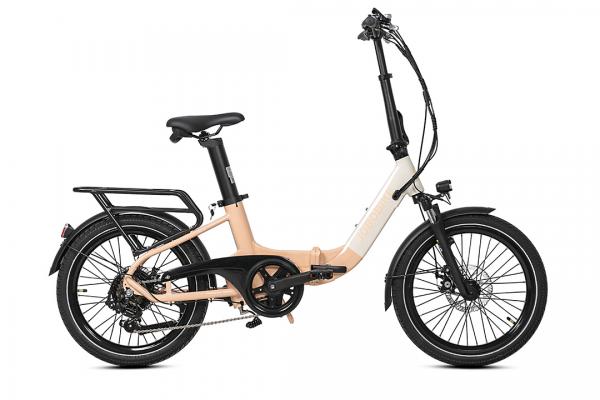
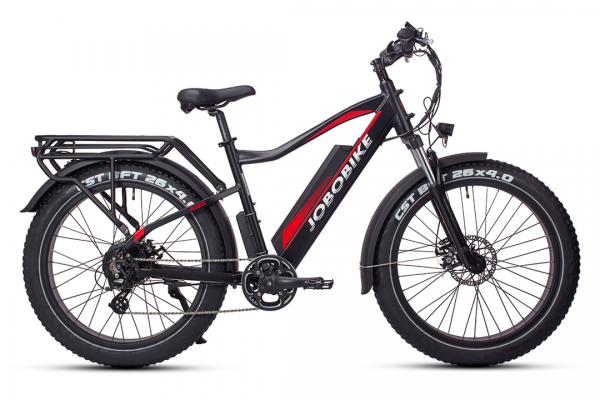
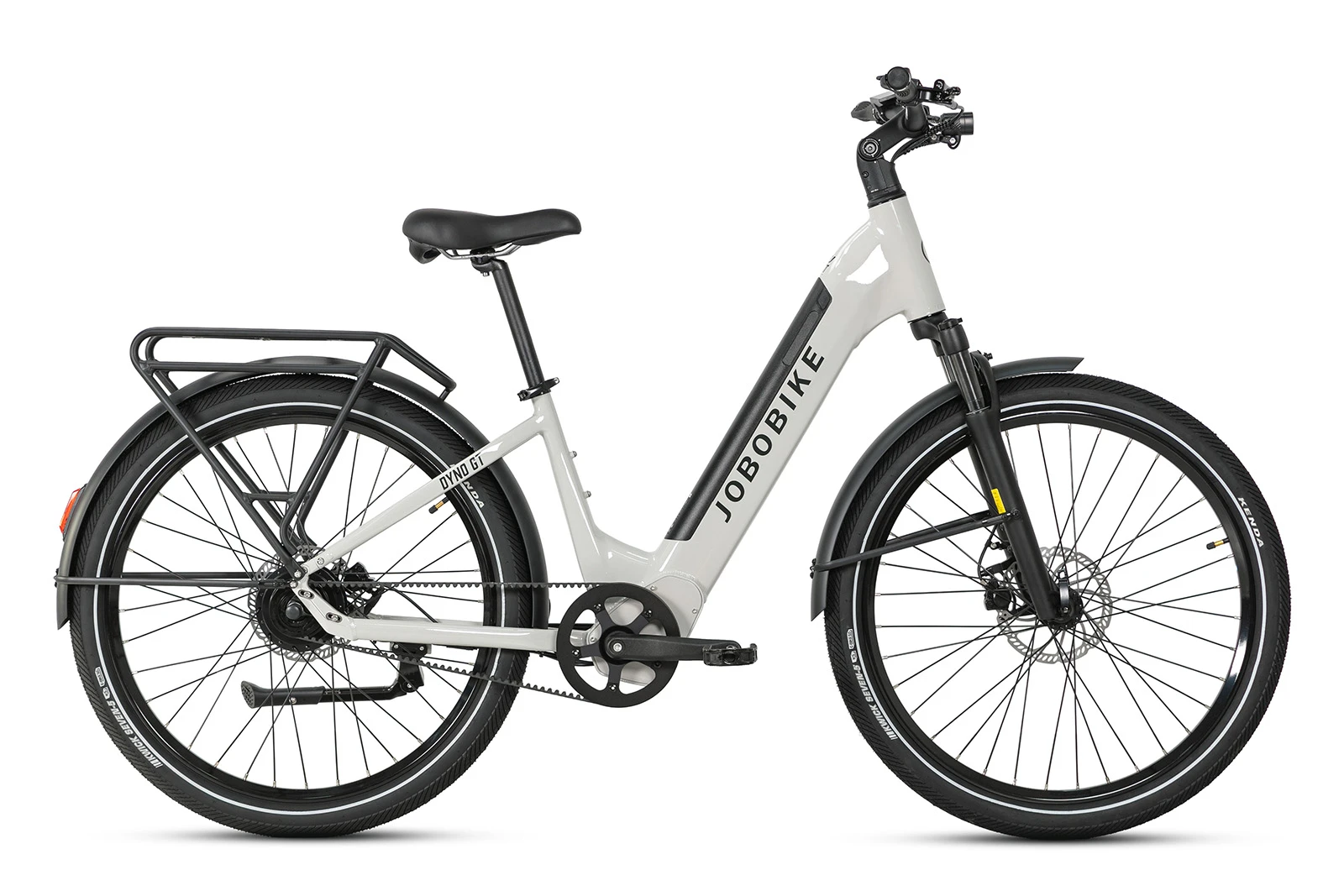
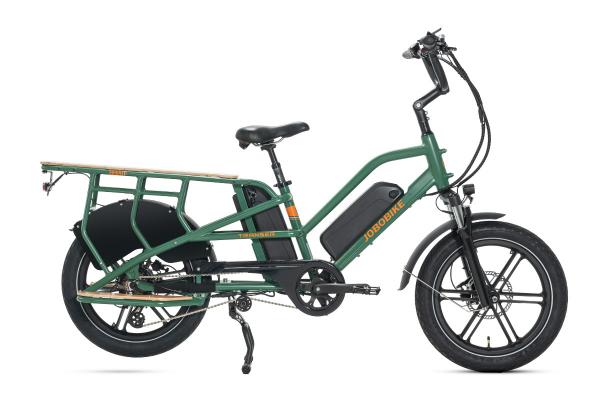
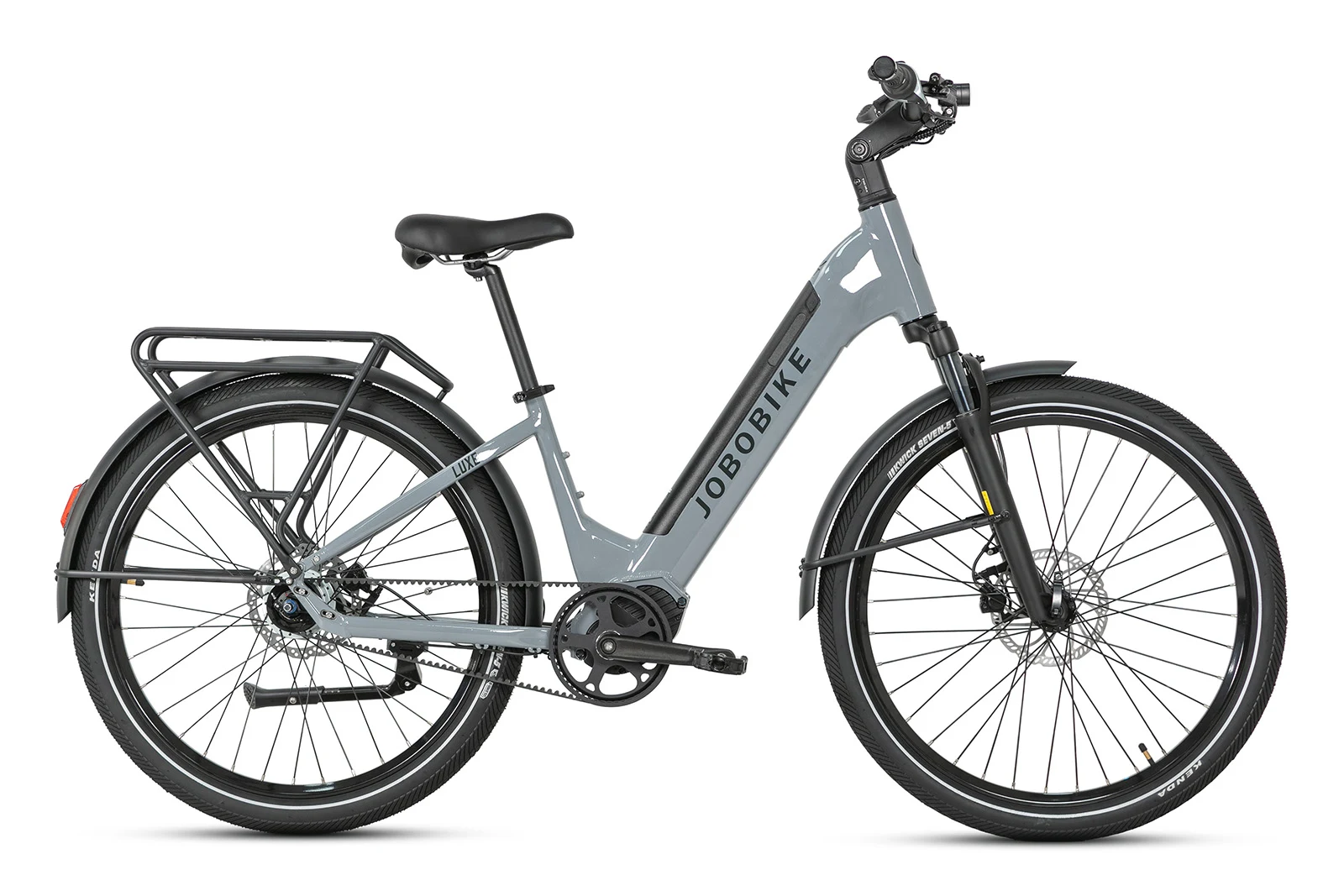
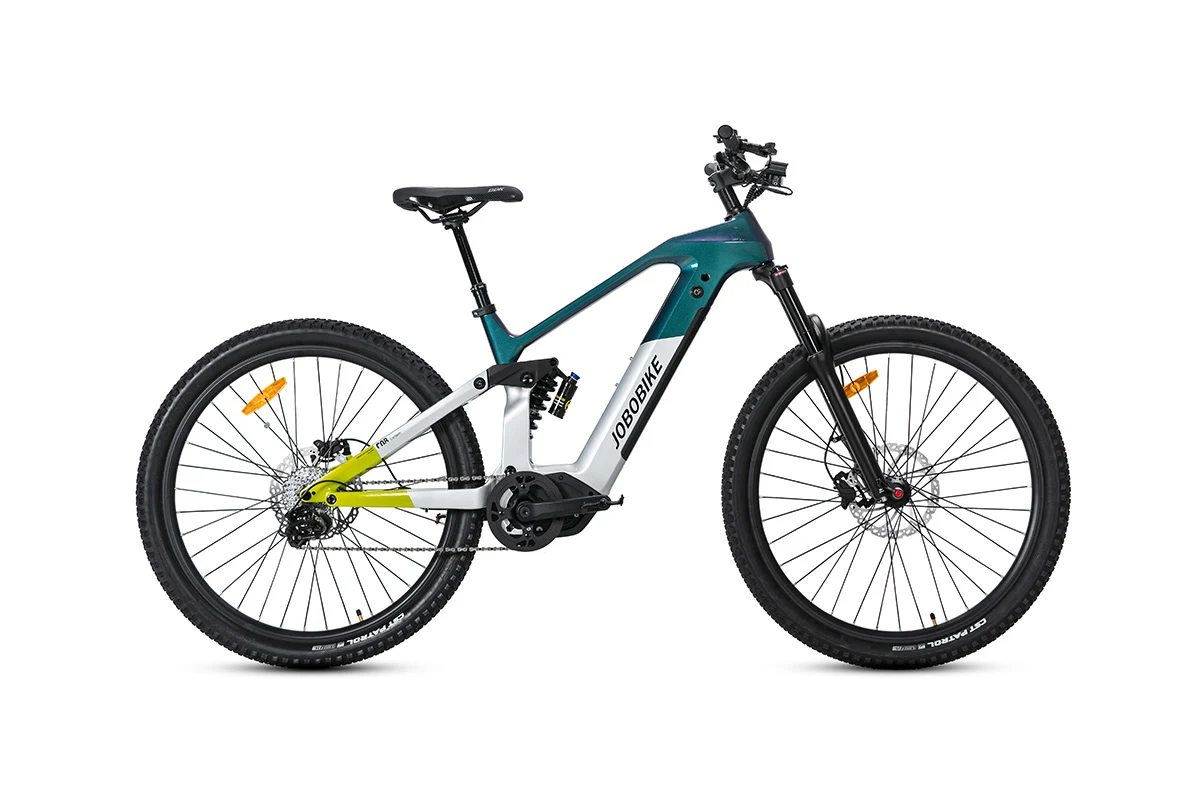
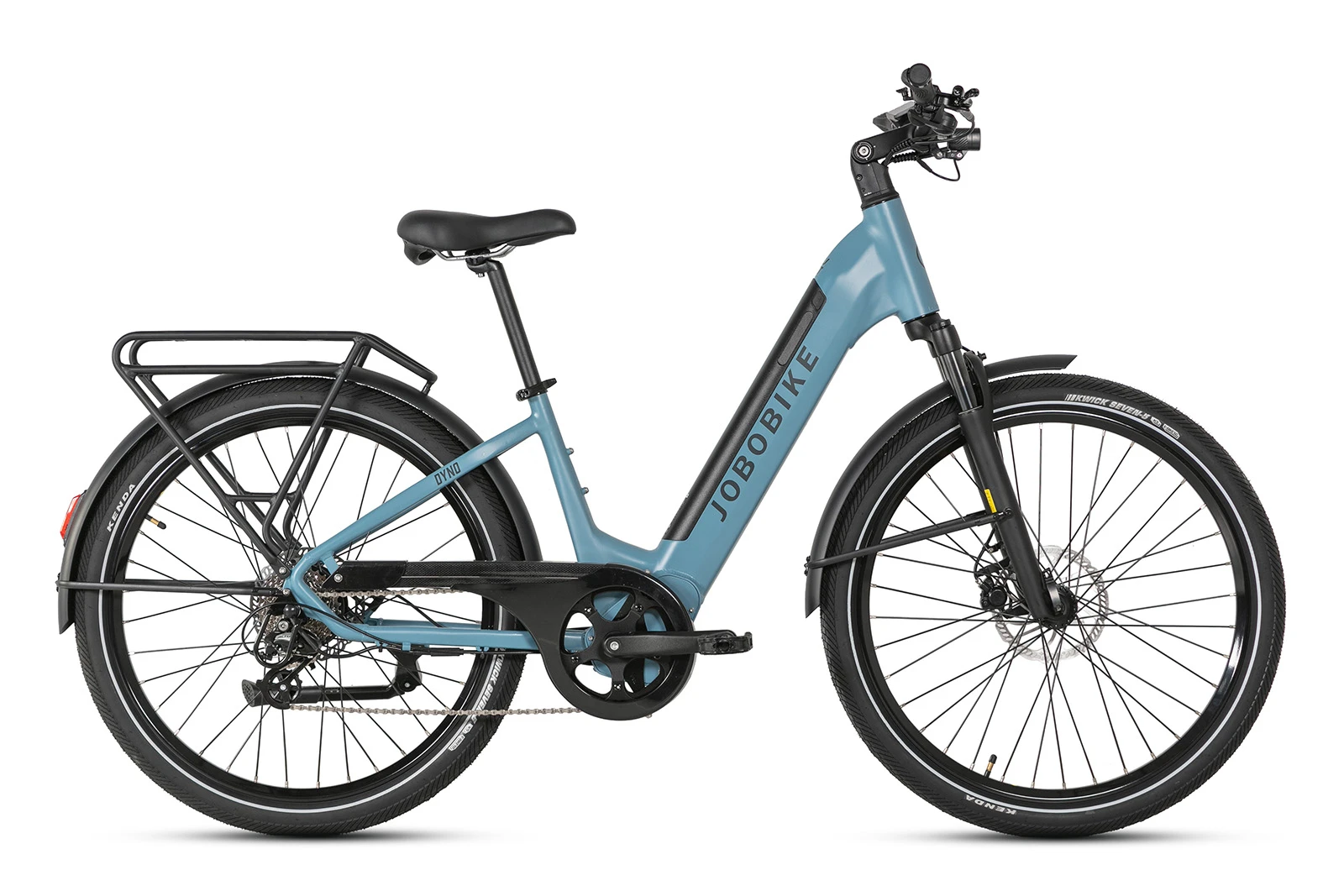
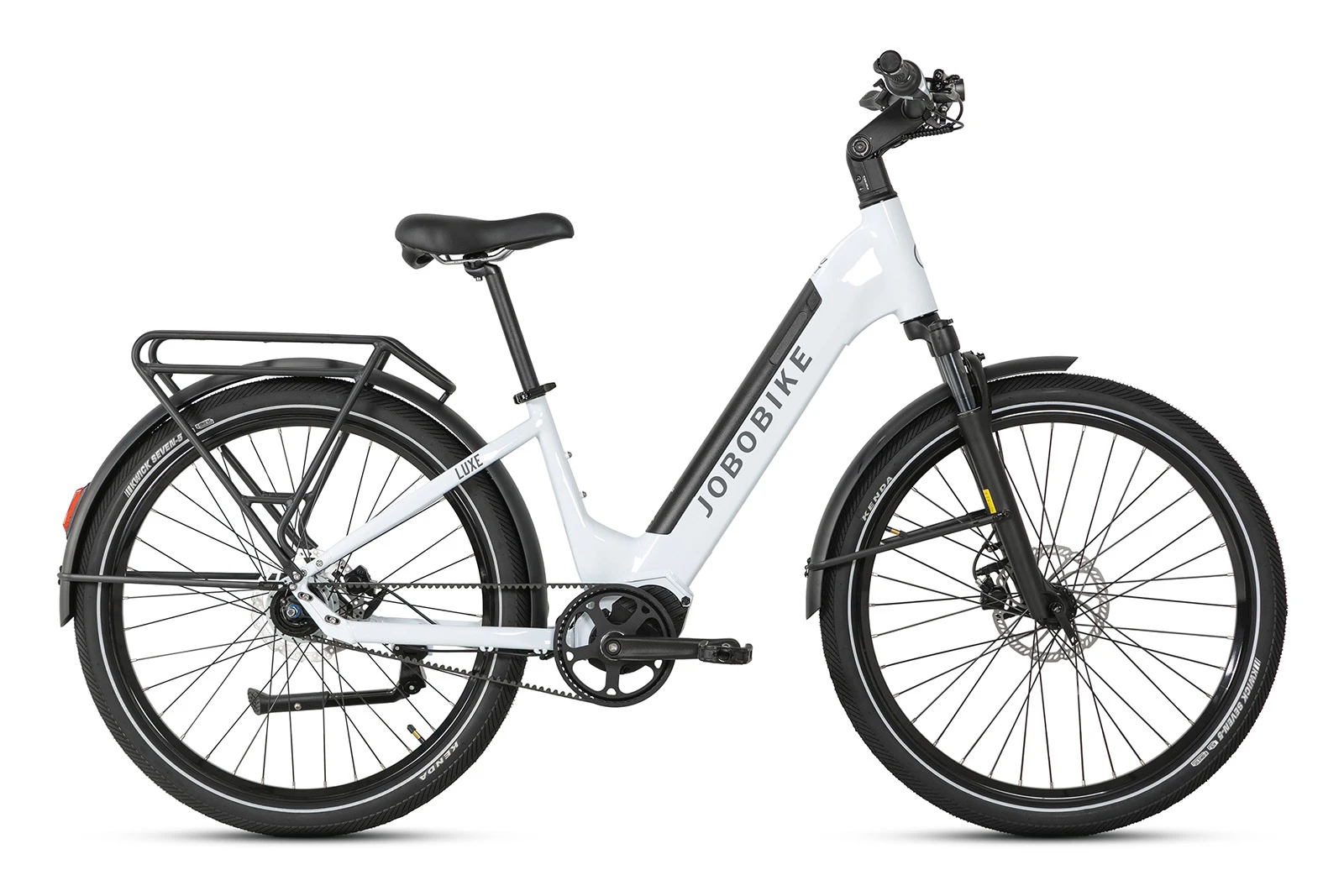
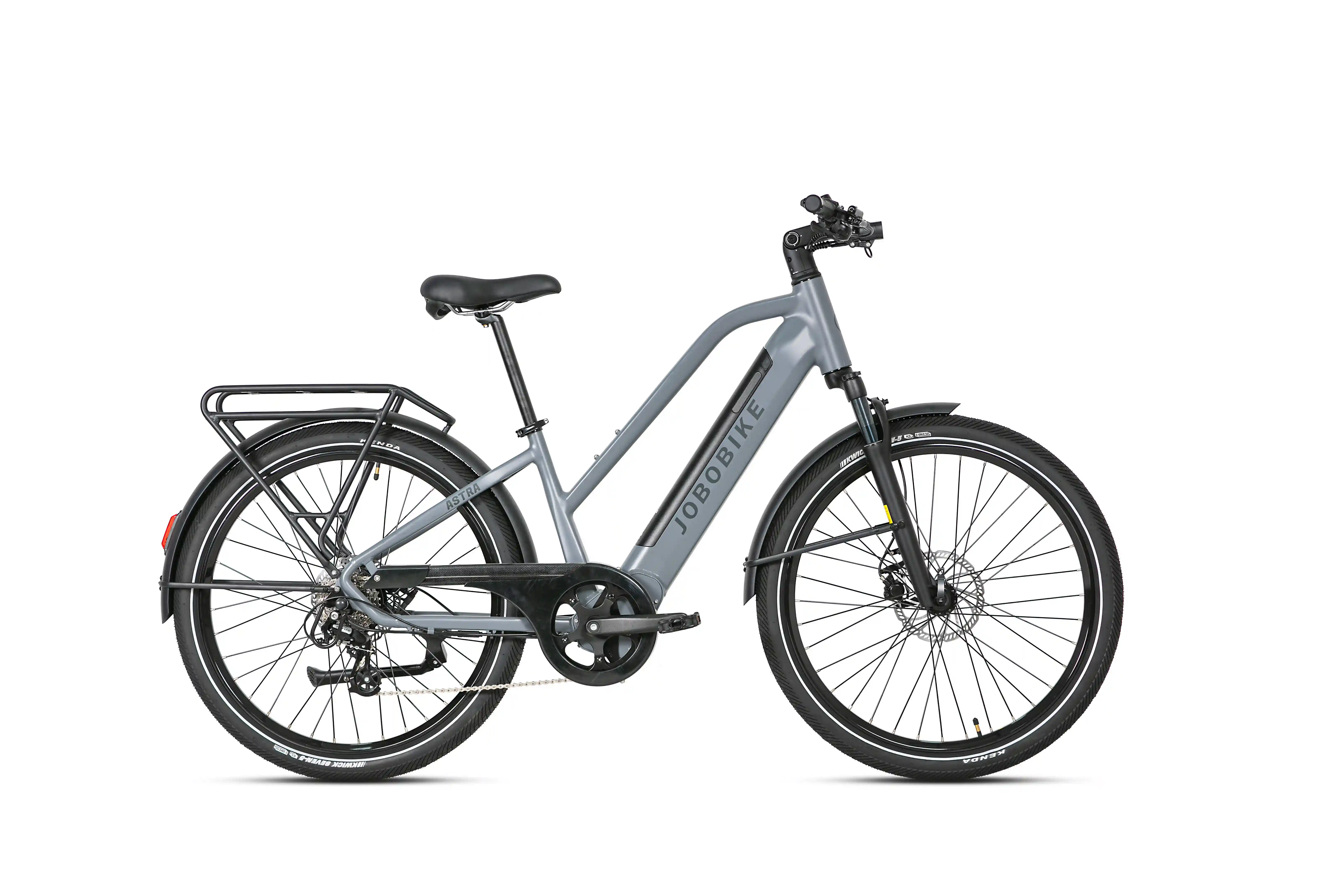
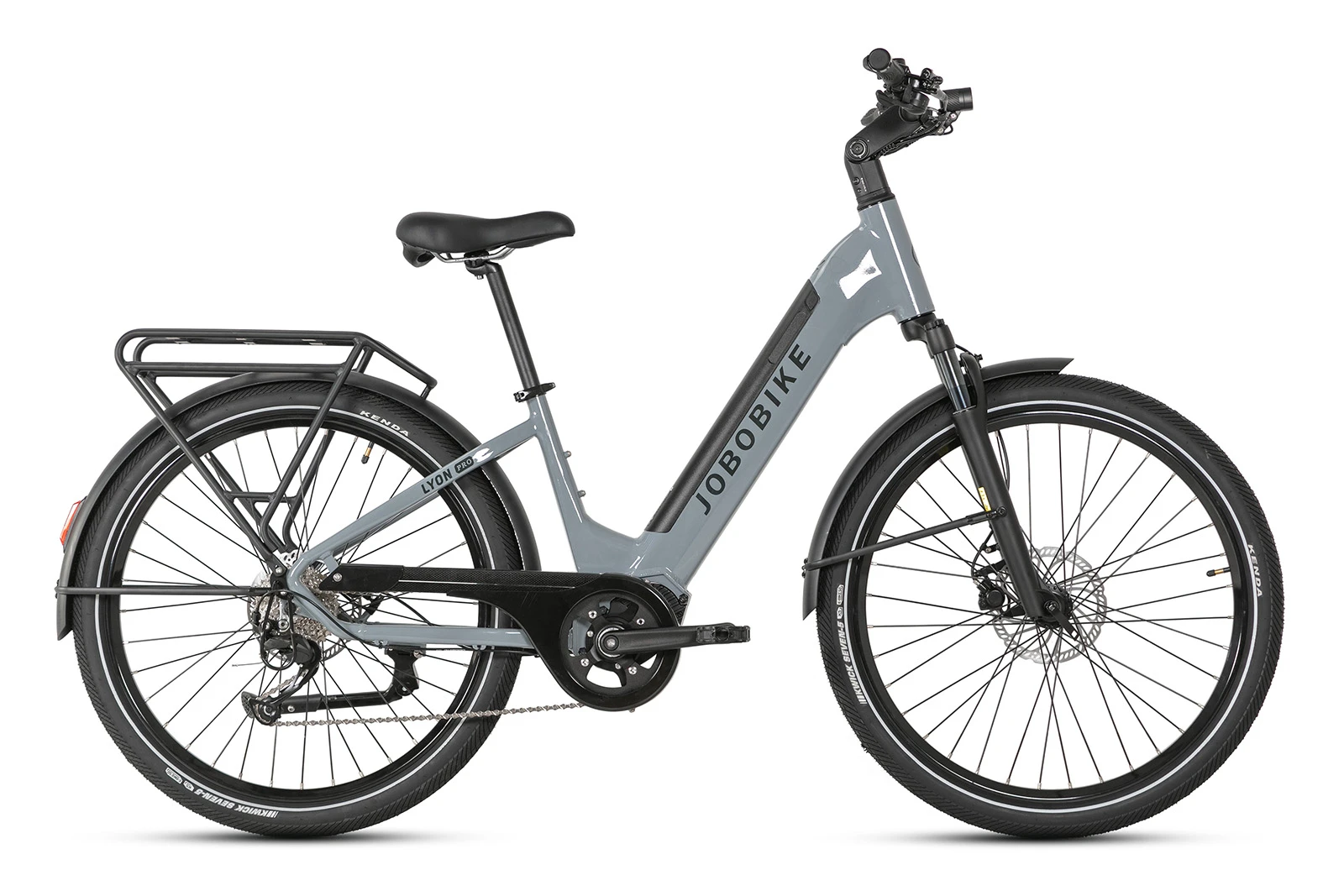
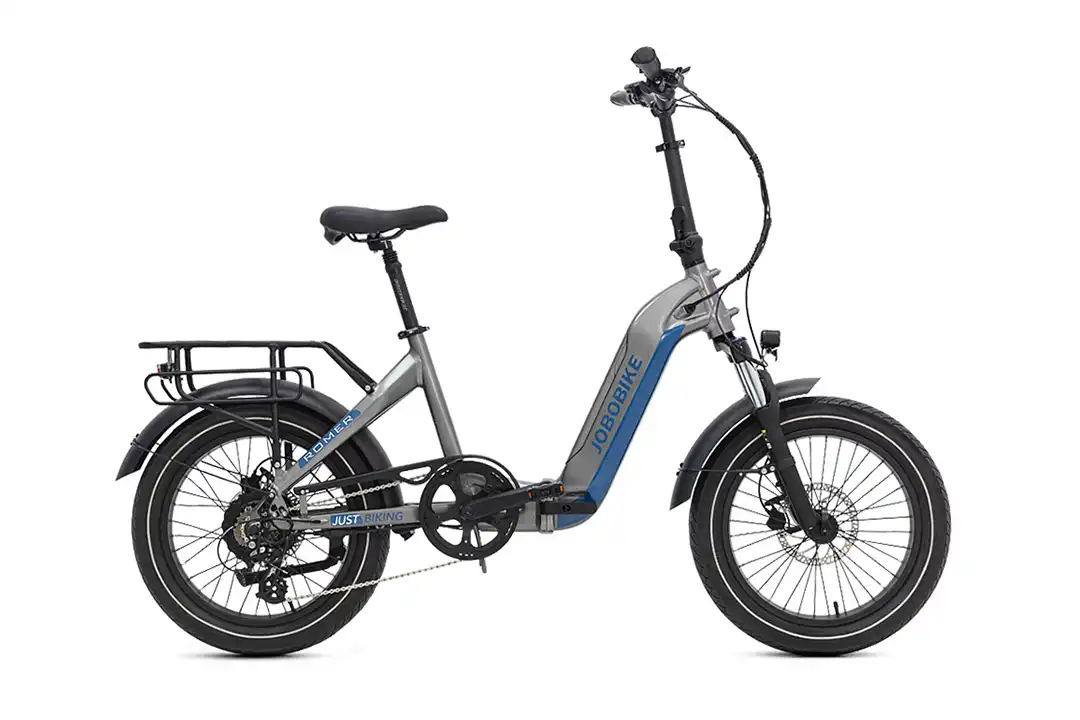
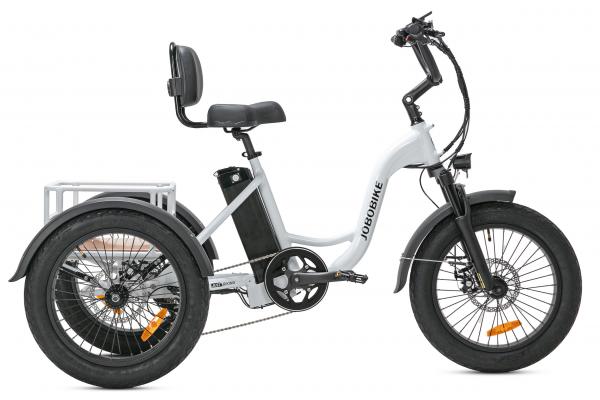
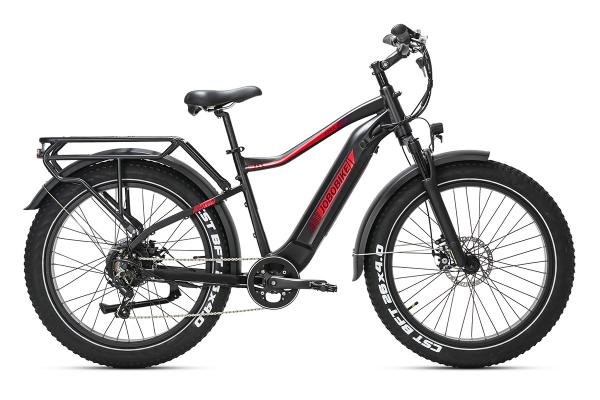

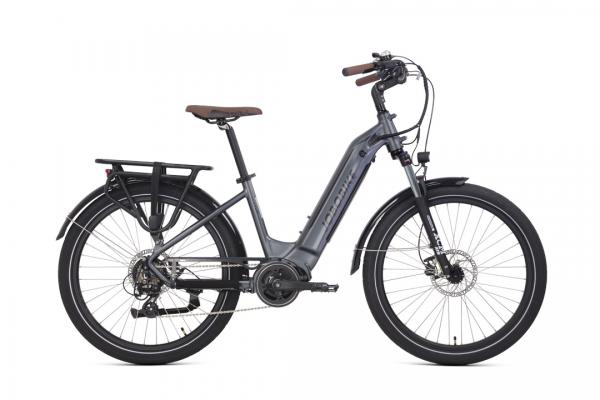
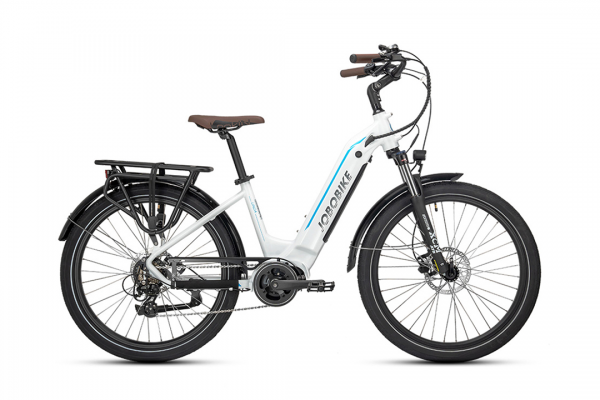
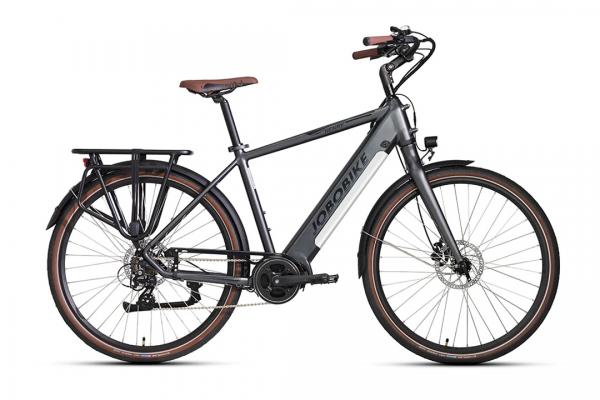
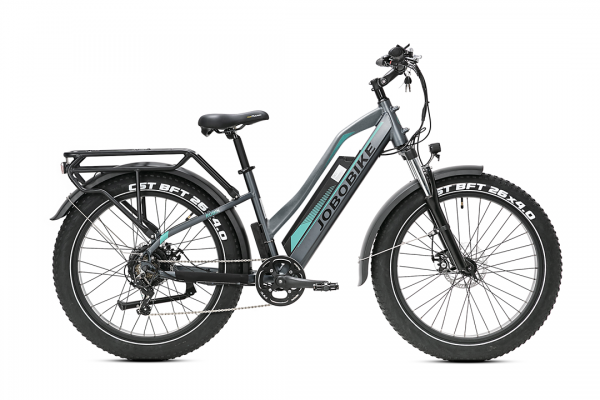
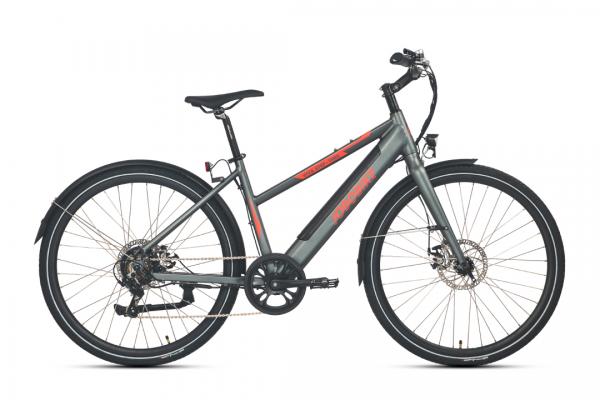
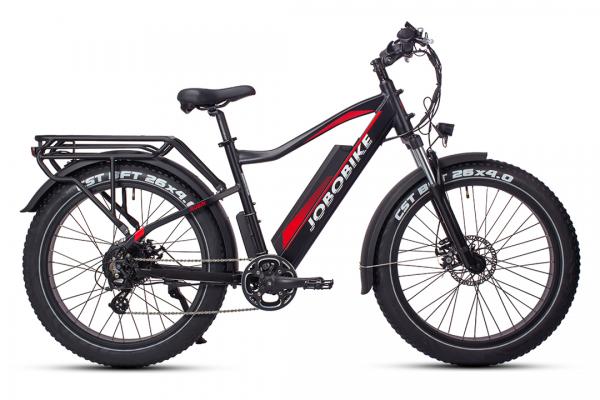
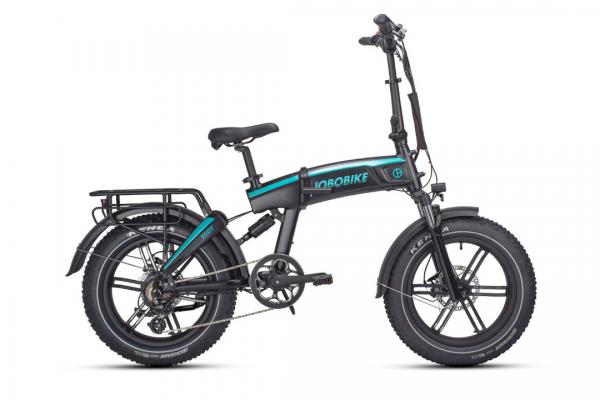
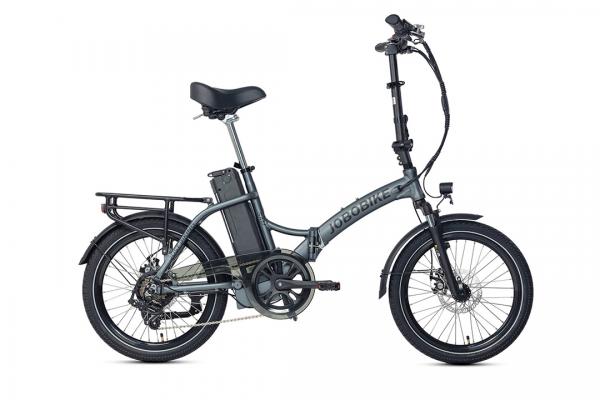
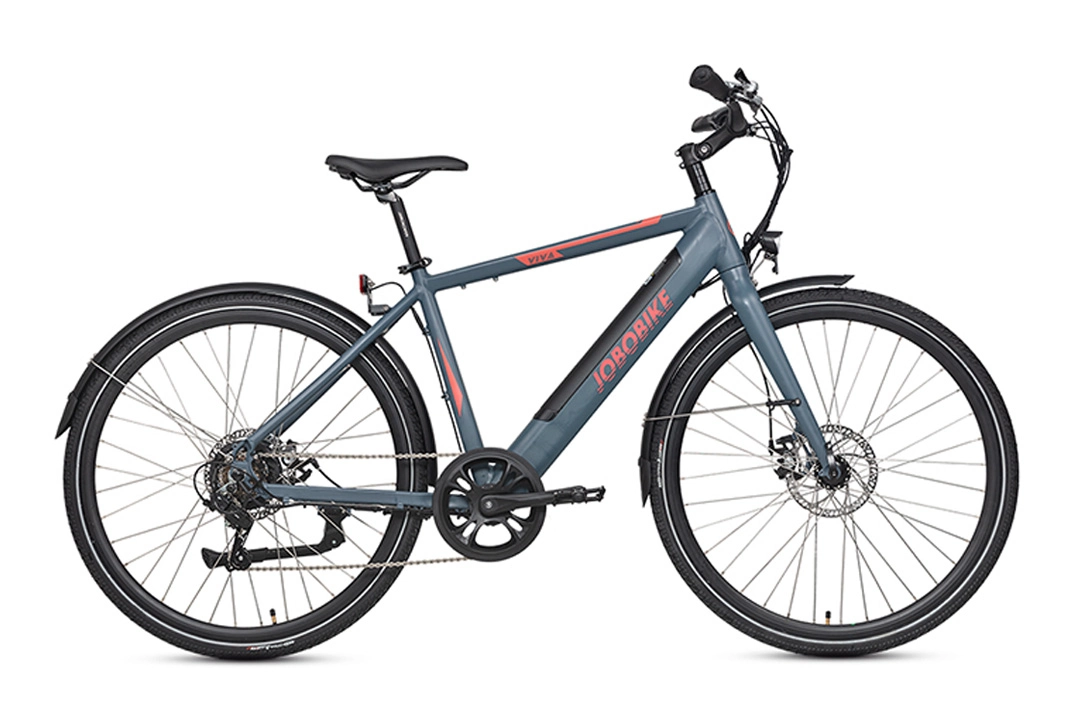
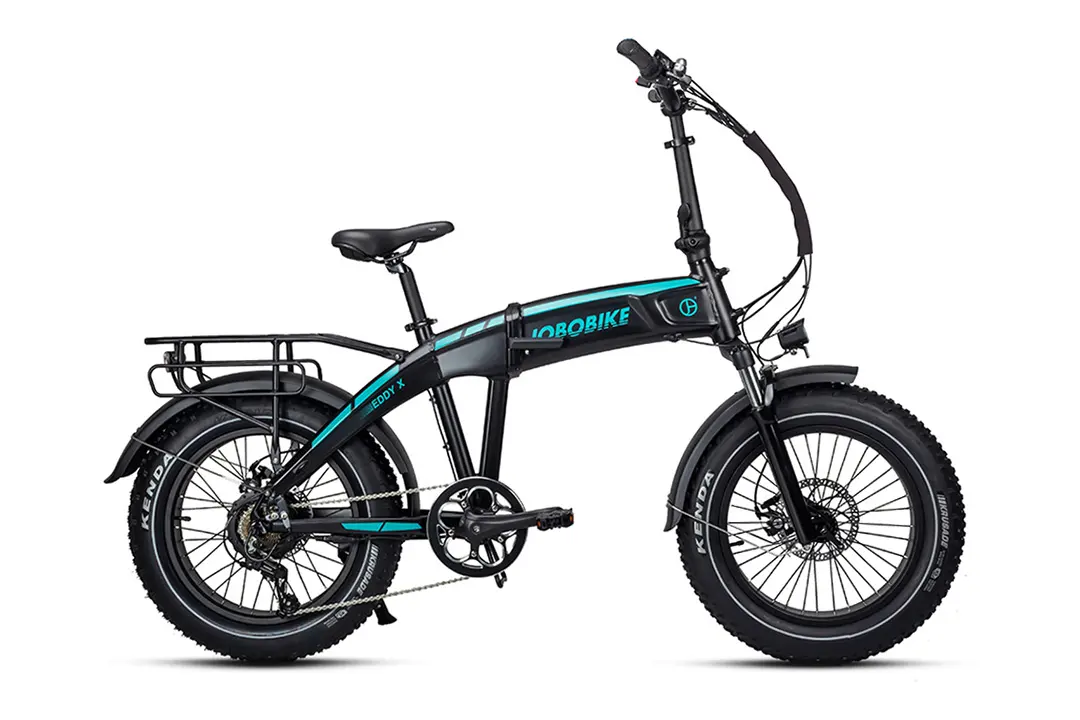
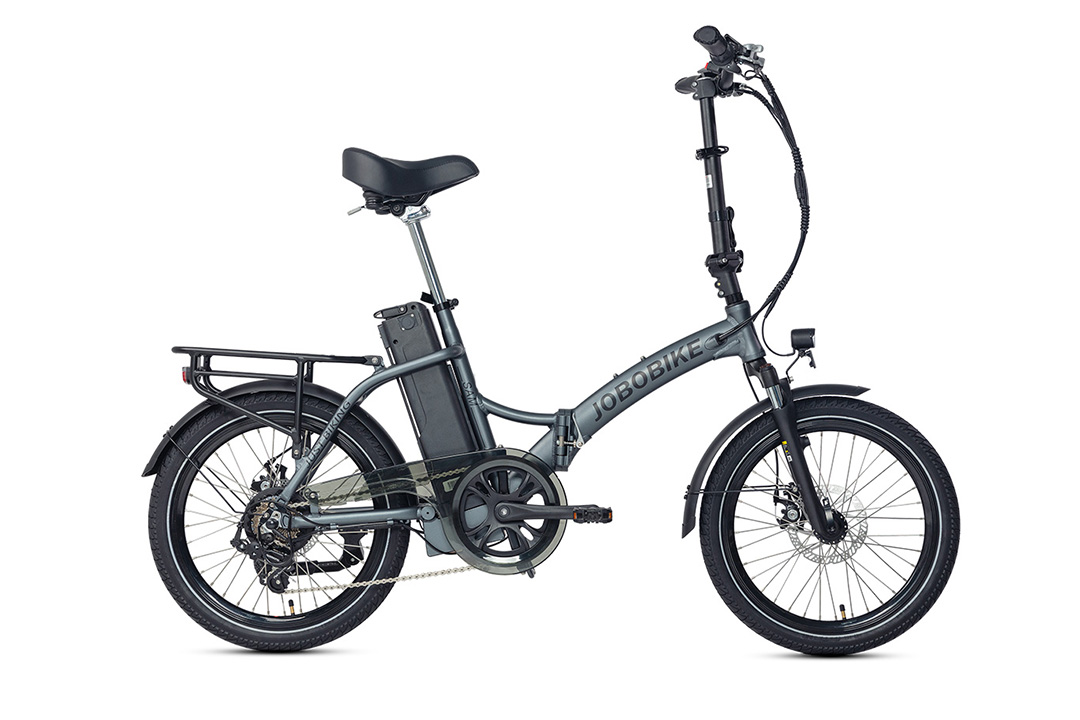 JOBOBIKE Sam
JOBOBIKE Sam  JOBOBIKE Robin
JOBOBIKE Robin 
